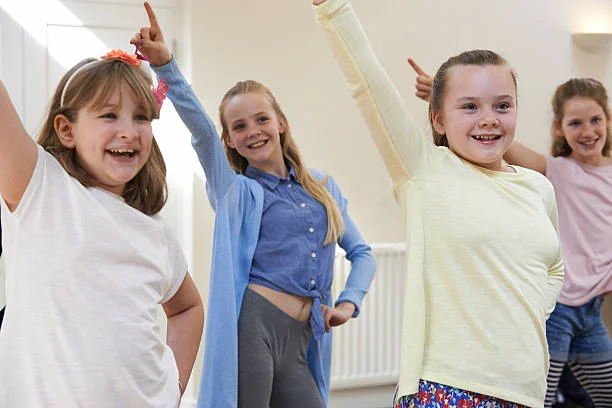
- what-middle-school-dances-really-look-like
- why-middle-schools-host-dances
- what-students-and-parents-can-expect
- how-middle-school-dances-have-evolved
- tips-for-making-the-most-of-middle-school-dances
1. What Middle School Dances Really Look Like
Yes, school dances do happen in middle school—and they’re a surprisingly important part of the early adolescent experience. While not as formal or extravagant as high school proms, middle school dances are often held in gyms, cafeterias, or multipurpose rooms and typically feature age-appropriate music, snacks, and lots of shy but excited preteens.
Most students are between 11 and 14 years old, and the social atmosphere is a mix of awkward energy, group dancing, and lots of giggles near the punch bowl. These events are usually chaperoned heavily by teachers and volunteers to ensure a safe, fun experience for everyone.
2. Why Middle Schools Host Dances
2.1. Building Social Skills
One of the key goals of middle school dances is to help students develop social confidence in a lightly structured environment. It gives kids a chance to interact outside the classroom and start learning the basics of personal boundaries, communication, and self-expression through dance and social interaction.
2.2. School Spirit and Community Engagement
Dances often mark key events like the end of the school year, spirit week, or seasonal celebrations like Halloween or Valentine’s Day. Schools use them to build unity, create memories, and reward students for academic or behavioral achievements.
3. What Students and Parents Can Expect
3.1. Music, Dress Code, and Decorations
Most middle school dances lean toward casual. Outfits vary depending on the theme—some events might encourage costumes or "dress to impress" nights, but jeans and a nice shirt are generally safe. Playlists are G-rated and curated by faculty or DJs experienced with school events.
3.2. Rules and Supervision
Expect clear behavioral guidelines and lots of adult supervision. Many schools require signed permission slips, and pickup times are strict. For parents, it’s a great opportunity to start conversations about respectful social behavior and peer dynamics.
4. How Middle School Dances Have Evolved
4.1. From Formal to Fun
Years ago, dances were sometimes seen as mini-proms. But modern trends have shifted toward fun, casual events designed to be inclusive. Many schools now offer themed activities, glow parties, or even silent discos to encourage participation from more introverted students.
4.2. Emphasis on Safety and Inclusivity
Today’s middle school dances are more inclusive than ever. Gender-neutral policies, emphasis on group participation, and anti-bullying messages are central to the event culture. Some schools also provide quiet zones for students who get overstimulated or anxious.
5. Tips for Making the Most of Middle School Dances
5.1. For Students
It’s okay to be nervous—everyone else is too. Try joining a group on the dance floor or suggesting a game. Whether you love dancing or just hanging out with friends, these events are about connection, not perfection.
5.2. For Parents
Encourage your child to attend even if they’re hesitant. Help them choose an outfit they feel confident in, and offer gentle reminders about respectful behavior. And remember, these moments—awkward as they may be—often become cherished memories.
And if your child develops a strong interest in dance after these experiences, consider enrolling them in a professional environment like American Dance Academy, where young dancers of all levels can find classes that match their energy and style.
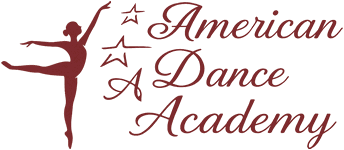
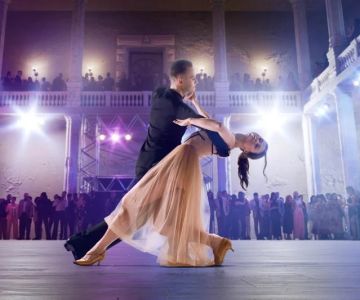
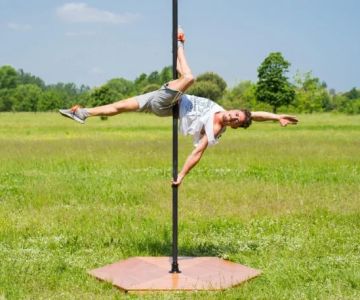
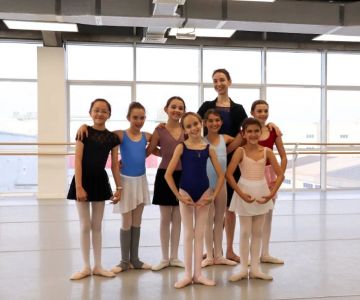
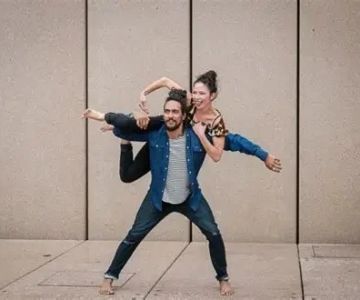
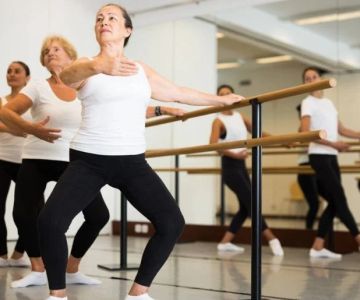
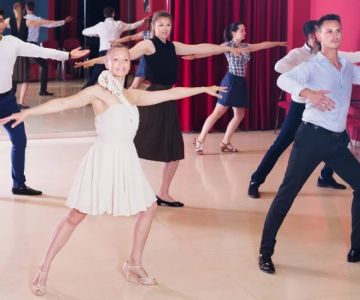
 Barrington Dance Academy5.0 (22 reviews)
Barrington Dance Academy5.0 (22 reviews)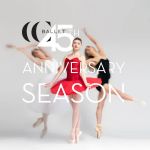 Canyon Concert Ballet4.0 (17 reviews)
Canyon Concert Ballet4.0 (17 reviews) Big City Dance Center LLC4.0 (25 reviews)
Big City Dance Center LLC4.0 (25 reviews) Tye Chua Dance & Kalamazoo Ballet5.0 (18 reviews)
Tye Chua Dance & Kalamazoo Ballet5.0 (18 reviews) Fenton Ballet Theatre4.0 (24 reviews)
Fenton Ballet Theatre4.0 (24 reviews) Front Street Dance Center5.0 (7 reviews)
Front Street Dance Center5.0 (7 reviews) Are There Dances in Middle School? What Students and Parents Should Know
Are There Dances in Middle School? What Students and Parents Should Know How a Dance School in Instagram Builds Community and Success
How a Dance School in Instagram Builds Community and Success Why Do Schools Teach Square Dancing?
Why Do Schools Teach Square Dancing?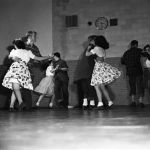 Why Was Square Dancing Taught in School?
Why Was Square Dancing Taught in School? Why Swing Dance Is Popular for Adults
Why Swing Dance Is Popular for Adults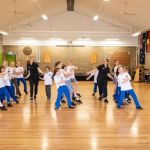 A School Dance: How to Prepare, Shine, and Make It Unforgettable
A School Dance: How to Prepare, Shine, and Make It Unforgettable